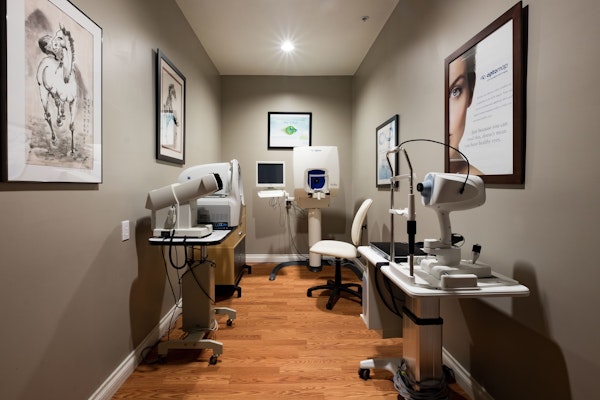What Does My Vision Prescription Mean?
 Millions of Americans experience some degree of vision impairment. Blurry vision can make it difficult to perform daily tasks like reading, typing, and driving. Optometrists at GW Eye Associates offer comprehensive eye care services, including routine eye exams to diagnose refractive errors.
Millions of Americans experience some degree of vision impairment. Blurry vision can make it difficult to perform daily tasks like reading, typing, and driving. Optometrists at GW Eye Associates offer comprehensive eye care services, including routine eye exams to diagnose refractive errors.
An accurate vision prescription allows patients to obtain assistive eyewear to improve visual acuity. However, many patients need clarification on what their vision prescription means. We are happy to explain vision prescriptions to our La Jolla, Carmel Valley, and San Diego, CA, patients so they better understand their vision needs.
What Does a Vision Prescription Look Like?
A vision prescription may be difficult to read for individuals outside of the optometry field. Typically, a vision prescription consists of several columns of letters or terms. Each of these columns is filled in with numbers and symbols that indicate the type and degree of a patient's vision prescription needs.
OD vs. OS
Vision prescriptions usually have a row identified as OD and another identified as OS. OD is an abbreviation for the Latin term oculus dexter, which means right eye. Information in the OD row of a prescription applies to the right eye only. OS comes from the Latin term oculus sinister, which means left eye. The OS row of a prescription contains information for the left eye.
What Are Sphere, Cylinder, and Axis?
The number in the sphere (SPH) column of a prescription indicates the prescription power needed to correct nearsightedness or farsightedness. The number in the cylinder (CYL) column indicates the prescription power to correct astigmatism. If the CYL column is empty, the patient does not have astigmatism. When a patient has astigmatism, there is also a number in the axis column. The axis number shows the angle of the lens necessary to correct the astigmatism.
What Does a Plus or Minus Mean?
The number in the sphere column is preceded by a plus or minus symbol, which indicates if the patient has nearsightedness (myopia) or farsightedness (hyperopia). A plus symbol before the sphere number means the patient is farsighted, and a minus symbol means they are nearsighted.
Understanding Prescription Strength
The number in the sphere column indicates the prescription strength. The higher the number, the stronger the prescription. A sphere number over five is generally considered a strong prescription.
What if I Have an Add Value?
Some prescriptions have an “add” value. An add value identifies a prescription as multifocal. The number in the add value is the prescription strength for nearsighted prescription in the lens.
Can My Eyes Have Different Vision Prescriptions?
Eyes can have different vision prescriptions; it is not uncommon. Differences between eye prescriptions can be subtle or drastic. Vast differences in vision prescriptions may be a sign of amblyopia (lazy eye).
Finding Prescription Glasses or Contact Lenses
Vision prescriptions contain the information necessary to provide patients with eyeglasses or contact lenses that correct refractive errors. Prescription lenses are customized to each eye so patients can see clearly no matter their prescription needs.
Contact GW Eye Associates
If you are experiencing blurry vision or have noticed changes in your eyesight, a comprehensive eye exam can diagnose refractive errors and determine your vision prescription needs. To schedule an appointment at GW Eye Associates, contact our office online at your earliest convenience.







